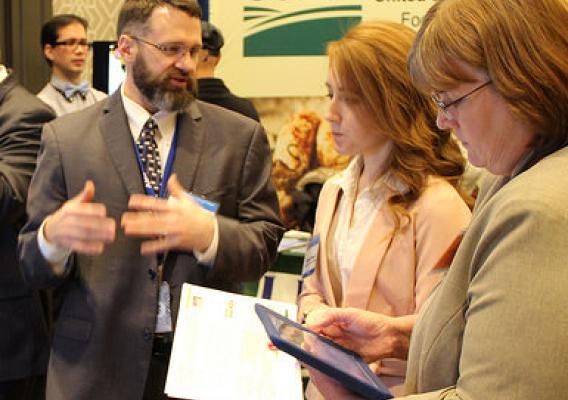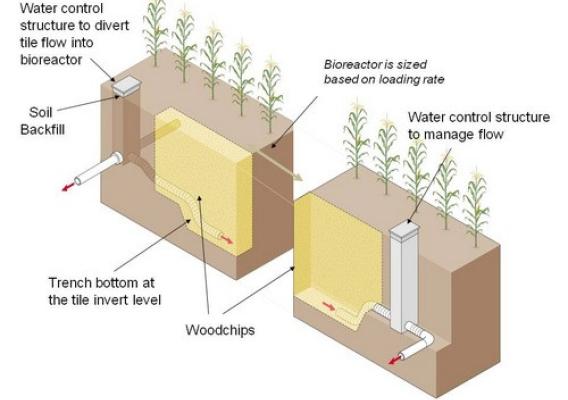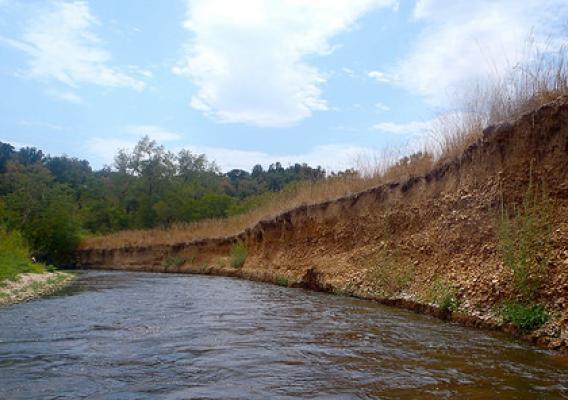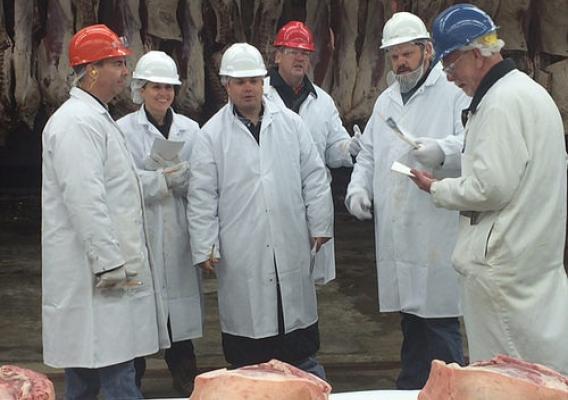Editor's Note: The free webinar on the Market Analysis and Reporting Services (MARS) has been moved to Thursday, April 14, 2016 at 2 p.m. Eastern. Sign up using this link: http://bit.ly/1MxNAWj
For over 100 years, USDA Market News has been an indispensable service, used by agricultural producers of all sizes to get timely, unbiased data from Market News reporters across the country. Farmers, ranchers, and the entire agricultural supply chain turn to USDA Market News – administered by USDA’s Agricultural Marketing Service (AMS) – for data that serves as the information lifeline for America’s agricultural economy. Now, Market News is entering a new phase, deploying the Market Analysis & Reporting Services (MARS). It’s a big step forward for AMS, Market News and for the markets and producers that use our data every day.
MARS was formally unveiled during the recent USDA Agricultural Outlook Forum. It includes the ability to capture livestock auctions for commodities like feeder cattle and will eventually include more than 600 commodities in real time (where applicable), and moves reporter’s data capture from the paper age to a connected digital age. That means a reporter at a livestock auction in, for example, Kansas will know in real time what comparable feeder cattle is selling for at an auction in Texas.










